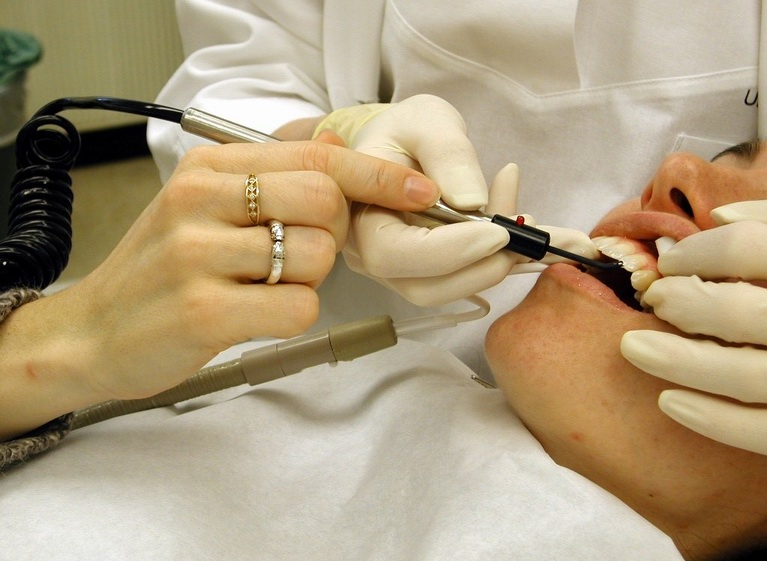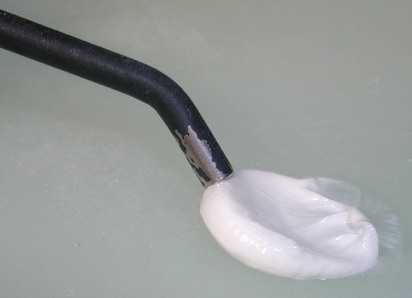Electric stimulation




Electric current from a pulp tester is used to stimulate pulpal sensory nerve endings. Myelinated A-delta fibres near the pulp-dentine border react to this stimulation rather than the C-fibres.
The tooth and its surroundings are air-dried and isolated from neighbouring teeth with plastic strips if large metal fillings are present. The pulp tester tip is placed at the incisal edge/cusp tip area with a small amount of electrolyte paste (eg. toothpaste). The number of nerve endings is usually greatest at areas corresponding to cusps. In most models, the circuit must be closed by a lip electrode or the patient touching the metal part of the pulp tester. The patient is asked to signal when he/she feels a sensation of tingling.
When carefully used, the electric pulp test is a valuable diagnostic tool. However, it must be understood that a positive response indicates the presence of nerve activity in the pulp but does not allow detailed analysis of the pulpal status. Similarly, a negative response indicates pulpal necrosis, but due to great anatomic variation the possibility of a false negative result must always be considered. Testing several teeth for the same patient helps to improve the reliability of the test.